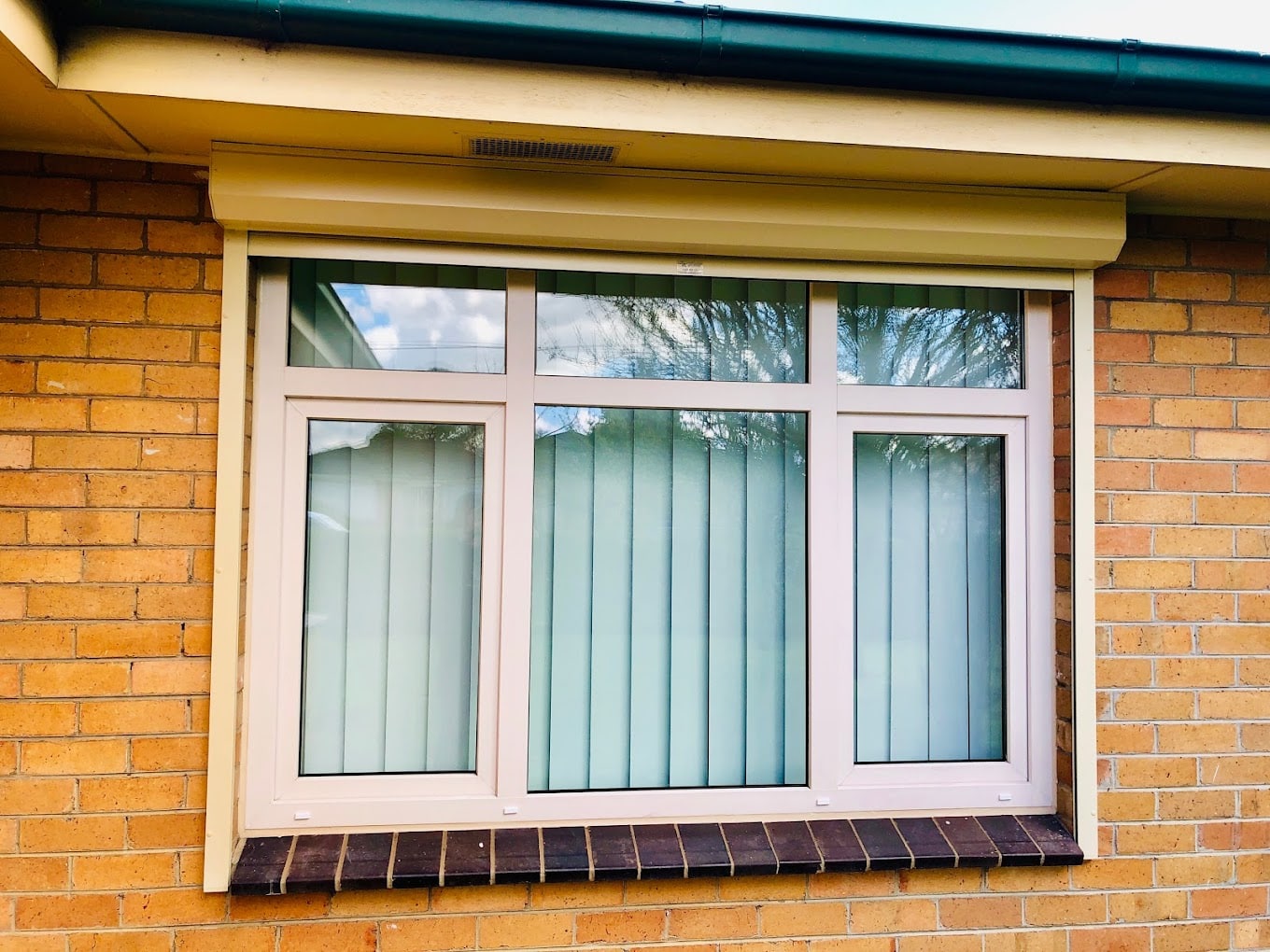All Categories
Featured
Table of Contents
The Science Behind Double Glazed Windows in Cooloongu Perth
That window can transfer more solar heat in winter season than in summer. A west-facing window on a summer season's afternoon has an angle of occurrence from near 0 up to 30 with a big efficient area of solar radiation. A north-facing window, in summer season, has a high angle of occurrence and a low efficient area of solar radiation, so can send less heat than a west-facing one.

You can rapidly and easily enhance the thermal performance of your house by changing your windows. There are thousands of types of glass and frames to choose from.
Best Way To Block Sun Heat From Windows [Professionally] in Butler Western Australia
Single glazing with clear glass is not really effective when it comes to heat loss or gain. To improve performance, you can use single glazing with a more energy-efficient type of glass such as low emissivity (low-e) glass.
The energy performance of IGUs also depends on: the residential or commercial properties of each layer of glass. Various glass types (for example, clear and low-e glass) can be put together in an IGU.
Double Glazing Vs Triple Glazing: Which Should You Choose in Cottesloe Western Australia

IGU cavities can be filled with air or a more inert, low-conductivity gas such as argon the width of the cavity. Larger cavities provide lower (much better) U values, with 12mm typically accepted as the favored space how well the cavity is sealed.
If argon is installed to the cavity in location of air, wetness is reliably omitted the level of desiccant (drying agent). The spacer (metal or polymer strip) that separates the glass layers consists of a desiccant to take in any wetness. Insufficient desiccant may cause moisture to condense on the glass surface in cold conditions, decreasing thermal efficiency.
Does Double Glazing Have A Vacuum? in Mount Lawley Perth
In reality, IGUs can deliver better energy efficiency for all environments, particularly in heated and air-conditioned houses. Cross-section detail of single, double and triple-glazing systems Low emissivity glass (typically called low-e glass) minimizes heat transfer. Low-e glass might be either high or low transmission: High transmission low-e glass has a covering that enables daylight from the sun to pass into your home to accomplish good solar heat gain, but decreases the amount of the long wavelength infrared heat that can get away back through the window.
Low-e glass has either a pyrolytic finishing or a vacuum-deposited thin movie metal coating. Pyrolytic finishings are resilient and can be utilized for any glazing; vacuum-deposited coverings are soft and are only utilized within IGUs. Low-e finishes can significantly improve both U worth and SHGC; nevertheless, they need to be used correctly or they will either degrade or stop working to perform as required.
Glass Selector - Custom Single & Double Glazed ... in Leda WA
Low-e finishings can be utilized in combination with clear, toned or reflective glass. Low-e finishings on glazing can reduce heat transfer where required Photo: Department of Market, Science, Energy and Resources Toned glass has actually colouring additives consisted of throughout manufacture. It is readily available in various colours, normally bronze, grey, blue and green.
Latest Posts
Double Glazed Windows in West Leederville Perth
Double Glazed Windows Melbourne in Medina Western Australia
Double Glazing Companies Near Me Reviewed 2023 in Huntingdale WA